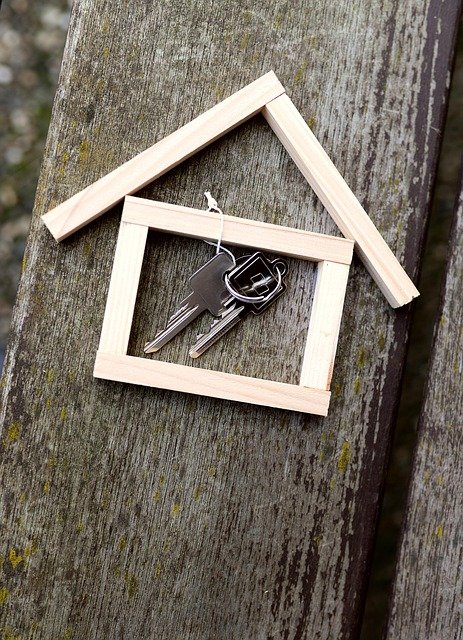Prefabricated Homes: A Modern Solution for Senior and Accessible Housing
Prefabricated homes, also known as prefab or modular homes, have gained popularity in recent years as an innovative housing solution. These homes are manufactured off-site in a controlled environment and then transported to their final location for assembly. This construction method offers numerous benefits, particularly for seniors and those requiring accessible housing options. Let's explore how prefab homes are revolutionizing the housing market, especially for the elderly and individuals with mobility challenges.

How does accessible housing in prefab homes address mobility challenges?
Accessible housing is a crucial consideration for individuals with mobility limitations, and prefab homes excel in this area. Manufacturers can easily incorporate accessibility features into the design and construction process, ensuring that the final product meets the specific needs of the occupant. Some common accessible features in prefab homes include:
-
Step-free entrances
-
Wide hallways and doorways to accommodate wheelchairs
-
Lowered countertops and cabinets for easy reach
-
Roll-in showers and grab bars in bathrooms
-
Lever-style door handles and faucets
These features not only improve the quality of life for those with mobility challenges but also increase the overall safety and usability of the home for all residents.
What makes modular homes an attractive option for senior housing?
Modular homes, a type of prefabricated housing, offer several advantages that make them particularly appealing for senior housing projects. The controlled factory environment allows for precise construction and quality control, resulting in homes that are built to last. This is especially important for seniors who may not want to deal with frequent repairs or renovations. Modular homes can also be constructed more quickly than traditional site-built homes, reducing the wait time for seniors looking to move into their new residence.
Furthermore, modular construction allows for easy customization, enabling developers to create senior-friendly communities with a variety of floor plans and amenities tailored to the needs of older adults. These communities can include features such as communal spaces, fitness centers, and on-site healthcare facilities, all designed to promote active and independent living for seniors.
How do prefab homes address the housing needs of the elderly?
Prefab homes offer several solutions to the unique housing challenges faced by the elderly population:
-
Affordability: Prefab construction often results in lower costs compared to traditional building methods, making homeownership more accessible for seniors on fixed incomes.
-
Low maintenance: The factory-controlled construction process and use of durable materials lead to homes that require less upkeep, ideal for older adults who may struggle with home maintenance tasks.
-
Energy efficiency: Modern prefab homes are designed with energy-efficient features, helping to reduce utility costs for seniors.
-
Quick construction: The faster building process means less disruption for elderly individuals who need to relocate or downsize.
-
Adaptability: Prefab homes can be easily modified or expanded to accommodate changing needs as seniors age, such as adding in-law suites for caregivers or additional accessibility features.
What are the cost considerations for prefab homes as senior housing?
When considering prefab homes for senior housing, it’s important to understand the cost implications. While prefab construction can often lead to cost savings, the final price depends on various factors such as size, customization, and location. Here’s a general overview of cost considerations for prefab homes as senior housing:
| Housing Type | Average Cost Range | Key Features |
|---|---|---|
| Basic Prefab Bungalow | $100,000 - $200,000 | Single-story, 1-2 bedrooms, basic accessibility features |
| Custom Accessible Modular Home | $200,000 - $350,000 | Fully customized layout, comprehensive accessibility features, energy-efficient systems |
| Luxury Prefab Senior Home | $350,000 - $500,000+ | High-end finishes, smart home technology, expansive floor plans, premium accessibility options |
Prices, rates, or cost estimates mentioned in this article are based on the latest available information but may change over time. Independent research is advised before making financial decisions.
It’s worth noting that while the initial cost of a prefab home may be comparable to or slightly lower than a traditional site-built home, the real savings often come from reduced construction time, lower labor costs, and increased energy efficiency over time. Additionally, the inclusion of accessibility features in prefab homes can potentially increase their long-term value, especially in markets with a growing senior population.
In conclusion, prefabricated homes offer a compelling solution for senior and accessible housing needs. With their customizable designs, efficient construction process, and ability to incorporate age-friendly features, prefab homes are well-positioned to address the housing challenges faced by an aging population. As the demand for senior-friendly housing continues to grow, prefab construction methods are likely to play an increasingly important role in creating comfortable, accessible, and affordable living spaces for older adults.






